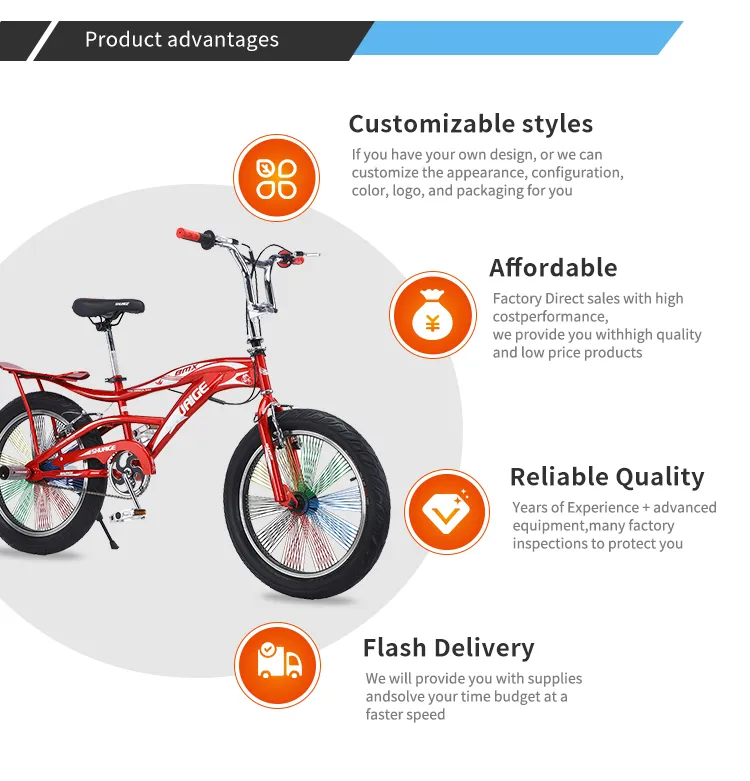
-
 Afrikaans
Afrikaans -
 Arabic
Arabic -
 Belarusian
Belarusian -
 Bengali
Bengali -
 Bulgarian
Bulgarian -
 Croatian
Croatian -
 Czech
Czech -
 Danish
Danish -
 Dutch
Dutch -
 English
English -
 Finnish
Finnish -
 French
French -
 German
German -
 Greek
Greek -
 hawaiian
hawaiian -
 Hebrew
Hebrew -
 Hindi
Hindi -
 Hungarian
Hungarian -
 Indonesian
Indonesian -
 irish
irish -
 Italian
Italian -
 Japanese
Japanese -
 Javanese
Javanese -
 kazakh
kazakh -
 Khmer
Khmer -
 Korean
Korean -
 Kyrgyz
Kyrgyz -
 Lao
Lao -
 Latin
Latin -
 Luxembourgish
Luxembourgish -
 Malay
Malay -
 Myanmar
Myanmar -
 Norwegian
Norwegian -
 Persian
Persian -
 Polish
Polish -
 Portuguese
Portuguese -
 Romanian
Romanian -
 Russian
Russian -
 Serbian
Serbian -
 Slovak
Slovak -
 Somali
Somali -
 Spanish
Spanish -
 Swedish
Swedish -
 Tagalog
Tagalog -
 Thai
Thai -
 Turkish
Turkish -
 Turkmen
Turkmen -
 Ukrainian
Ukrainian -
 Uighur
Uighur -
 Vietnamese
Vietnamese
des . 03, 2024 16:16 Back to list
Essential Tips for Beginners Learning to Ride BMX Bikes Effectively
A Beginner's Guide to BMX Bikes Everything You Need to Know
If you're venturing into the world of BMX biking, you're not alone. This exhilarating sport has captured the hearts of many, thanks to its combination of speed, freestyle tricks, and community spirit. For beginners, choosing the right BMX bike and understanding the essentials can make all the difference in your riding experience. Here’s a comprehensive guide to help you kickstart your BMX journey.
Understanding BMX Bikes
BMX, short for Bicycle Motocross, originated in the late 1960s and has evolved into a thrilling sport featuring racing and freestyle events. BMX bikes are designed for durability, agility, and ease of handling. They typically have a smaller frame, a single gear, and robust tires to withstand the demands of jumps and tricks.
Choosing the Right BMX Bike
For beginners, selecting the right BMX bike is crucial. Your choice should depend on your intended riding style—racing or freestyle.
1. Racing BMX Bikes These bikes are lightweight and designed for speed. They feature a longer wheelbase, making them more stable on racetracks. Look for models with aluminum frames, as they provide a good balance between weight and strength.
2. Freestyle BMX Bikes If you're more interested in performing tricks and stunts, a freestyle bike is your best bet. These bikes have shorter frames and wider handlebars, allowing for better maneuverability during tricks. Sturdy construction is essential to withstand the forces involved in jumps and impacts.
3. Size Matters When selecting a BMX bike, it’s essential to choose the right frame size based on your height. Typically, frame sizes are measured in inches, and you should have a comfortable reach to the handlebars and pedals.
Essential Gear for Beginners
Once you've chosen your bike, the next step is to equip yourself with the necessary safety gear. Safety gear is paramount in BMX biking, especially for beginners who may be more prone to falls and accidents.
bmx bikes beginners

1. Helmet A properly fitting helmet is non-negotiable. Look for one rated for biking, which provides adequate protection for your head.
2. Pads Knee and elbow pads can significantly reduce injury from falls. They’re particularly important for beginners who are still learning balance and control.
3. Gloves Wearing gloves can improve your grip and protect your hands during rides and tricks.
Learning the Basics
When you start riding, familiarize yourself with the basic techniques. Balance is crucial, so spend time practicing riding in a straight line. Once you're comfortable, practice braking and making turns. After mastering these skills, you can start experimenting with simple tricks, such as bunny hops and manuals.
Finding the Right Spot Look for a suitable area to practice. Many local parks have dedicated BMX tracks or skateparks that cater to beginners. These places often provide a safe environment to hone your skills without the fear of traffic.
Joining the Community
BMX is as much about community as it is about the sport. Don’t hesitate to join local BMX clubs or online forums where you can connect with fellow riders. These communities can provide invaluable advice, support, and camaraderie. Plus, they often organize events, contests, and meet-ups that can enhance your riding experience.
Conclusion
Starting your BMX journey can be incredibly rewarding. By choosing the right bike, equipping yourself with safety gear, practicing essential skills, and connecting with the BMX community, you’ll be well on your way to becoming a confident rider. Remember, everyone starts as a beginner, so enjoy the process, learn at your own pace, and most importantly, have fun! Happy riding!
-
Red Black BMX Bike with GPT-4-Turbo AI Tech
NewsJul.31,2025
-
New Red Anti-theft E-Bike | Easy Ride City Commuter
NewsJul.31,2025
-
BMX 20 Inch Bikes for Freestyle & Street | Fat Tire Options Available
NewsJul.30,2025
-
322 High Quality 26 Inch 21 Speed Adult Mountain Bike OEM MTB
NewsJul.29,2025
-
Specialized Kids Mountain Bikes - Safe, Durable & Fun Riding Experience
NewsJul.29,2025
-
Little Kids Mountain Bike - Lightweight Bikes for Young Riders
NewsJul.29,2025

